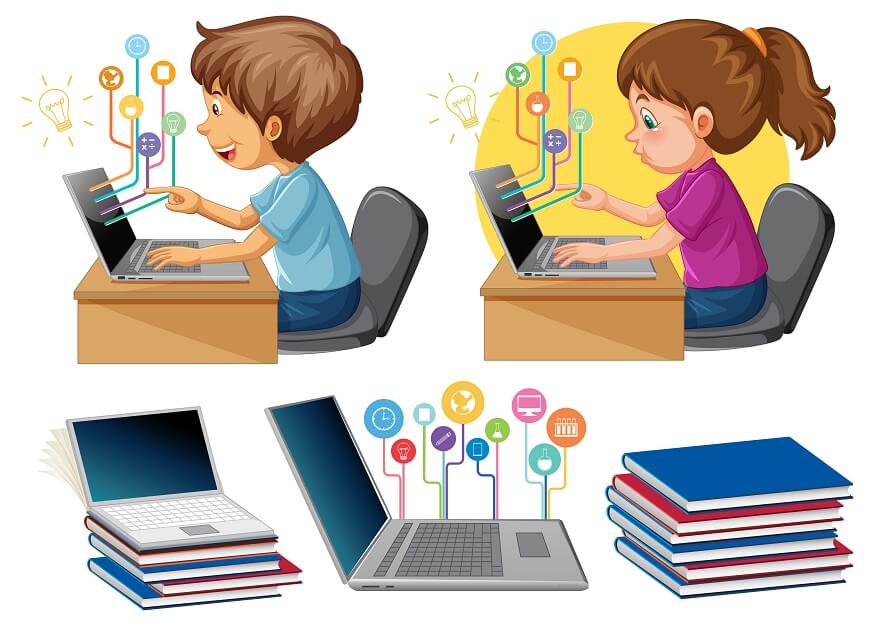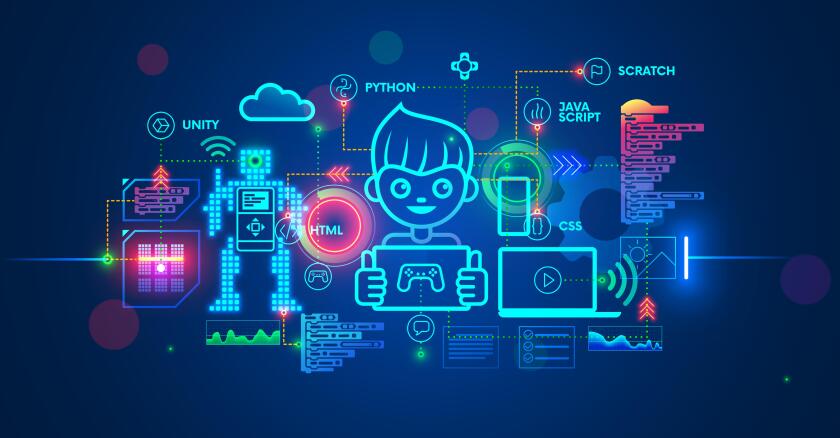Comprehensive Business Guides for Advancing Innovation Education And Learning in Schools and Colleges
The assimilation of modern technology education right into school and college educational program has come to be an essential crucial in preparing pupils for a progressively digital workforce. What specific techniques can be taken on to optimize their impact on both educators and pupils?
Significance of Modern Technology Education And Learning
As modern technology remains to evolve at an extraordinary rate, the importance of innovation education has actually become progressively noticeable in today's culture. The combination of innovation into various facets of life demands that people have a fundamental understanding of technological ideas and applications. This expertise not only improves employability but additionally fosters critical thinking and problem-solving skills important for navigating a vibrant workforce.
In instructional establishments, technology education outfits trainees with the capability to adjust to quick changes in industries driven by development. It urges imagination and empowers learners to involve with emerging technologies, from synthetic knowledge to information analytics. Technology education and learning advertises electronic literacy, which is essential in an era where information is readily available yet usually misleading.

Key Parts of Effective Guides
Efficient guides for innovation education and learning need to incorporate numerous vital components to make sure that learners get the most from their experiences. First, a well-defined educational program is crucial, detailing the objectives, discovering outcomes, and the abilities to be developed. This curriculum must be on a regular basis updated to mirror the quickly developing technical landscape, ensuring importance and applicability.
2nd, extensive sources that consist of textbooks, online products, and hands-on tools are important. These resources must be easily accessible and varied, dealing with various learning styles and choices. Furthermore, integrating real-world situations and study can improve understanding and interaction.
Third, evaluation techniques have to be consisted of to evaluate student development efficiently. These analyses must be varied, including developmental and cumulative analyses that align with the understanding objectives.
In addition, professional development possibilities for educators are vital. Training workshops and programs can outfit instructors with the most recent pedagogical approaches and technical advancements.
Last but not least, fostering a joint understanding environment encourages peer communication and expertise sharing. By including these crucial components, guides for technology education can considerably boost the learning experience, preparing pupils for future challenges in a significantly digital globe.
Building Market Partnerships
Structure solid market partnerships is an important aspect of enhancing modern technology education and learning. These cooperations in between educational institutions and businesses create a dynamic ecosystem that profits trainees, companies, and educators alike. By cultivating partnerships with industry institutions, colleges and leaders can straighten their educational programs with the developing needs of the work market, making sure that pupils obtain relevant skills and understanding.
The growth of internships, apprenticeships, and mentorship programs works as a foundation of these partnerships. Such possibilities supply trainees with hands-on experience, boosting their employability and sensible understanding of innovation applications. Additionally, market partners can supply understandings right into arising patterns and technological developments, enabling teachers to adjust their training methods as necessary.
Additionally, collaborations can facilitate access to resources, such as tools, software program, and funding for research projects. These payments improve the learning atmosphere and make it possible for institutions to remain at the leading edge of technological technology. Eventually, developing durable industry collaborations is necessary for cultivating a skilled workforce that meets the requirements of today's quickly transforming technical landscape, while likewise driving financial development and competitiveness in the broader neighborhood.
Implementing Innovation Programs
Executing technology programs within academic establishments needs a strategic method that focuses on both curriculum growth and resource allocation. To start effective technology integration, institutions need to initially assess their existing facilities and identify voids in resources, including hardware, software, and workers training. This analysis makes it possible for universities and institutions to develop a tailored plan that lines up with their particular educational objectives.
Next, it is important to establish a detailed educational program that includes emerging modern technologies and market criteria. Teaming up with instructors, sector professionals, and stakeholders can guarantee that the curriculum remains appropriate and reliable in preparing pupils for the workforce (Grants). Furthermore, specialist growth for professors useful source is vital, as it outfits educators with the skills necessary to properly educate brand-new innovations
Additionally, establishments need to emphasize the value of hands-on understanding experiences, such as workshops and laboratories, that enable trainees to use theoretical understanding in functional settings. This experiential technique improves interaction and cultivates important reasoning. Safeguarding sustainable financing via collaborations and grants can aid keep and broaden innovation programs, ensuring long-lasting success and adaptability in an ever-evolving technical landscape.
Gauging Success and Outcomes
Assessing the success and end results of modern technology education programs is important for validating their impact and directing future enhancements. Effective measurement structures should incorporate both qualitative and quantitative metrics, offering an extensive view of program effectiveness. Trick efficiency indications (KPIs) such as trainee enrollment numbers, retention prices, and program conclusion portions use valuable quantitative information.

Incorporating standard analyses can better evaluate students' technological competencies and preparedness for the workforce. Benchmarking against similar establishments enables contextually appropriate comparisons, highlighting areas for growth.
Eventually, the continuous evaluation of innovation education and learning programs fosters a society of enhancement, ensuring that they develop abreast with industry needs and instructional standards. By methodically gauging success, institutions can not just show accountability to stakeholders but also boost their offerings, thereby improving the discovering experience and preparing pupils for the ever-changing technological landscape.
Final Thought

The assimilation of technology education and learning right into institution and college educational program has become a critical important in preparing students for a significantly electronic workforce.As technology continues to progress at an unmatched pace, the value of modern technology education has actually come to be increasingly apparent in today's culture.In educational institutions, innovation education gears up trainees with the capability to adjust to fast changes in sectors driven by advancement. By prioritizing innovation education and learning, establishments can cultivate a generation of educated citizens capable of leveraging innovation for More hints personal and societal innovation. The implementation of robust analysis techniques allows institutions to gauge success and outcomes, inevitably enhancing the general effectiveness of innovation education campaigns and preparing students for future obstacles.